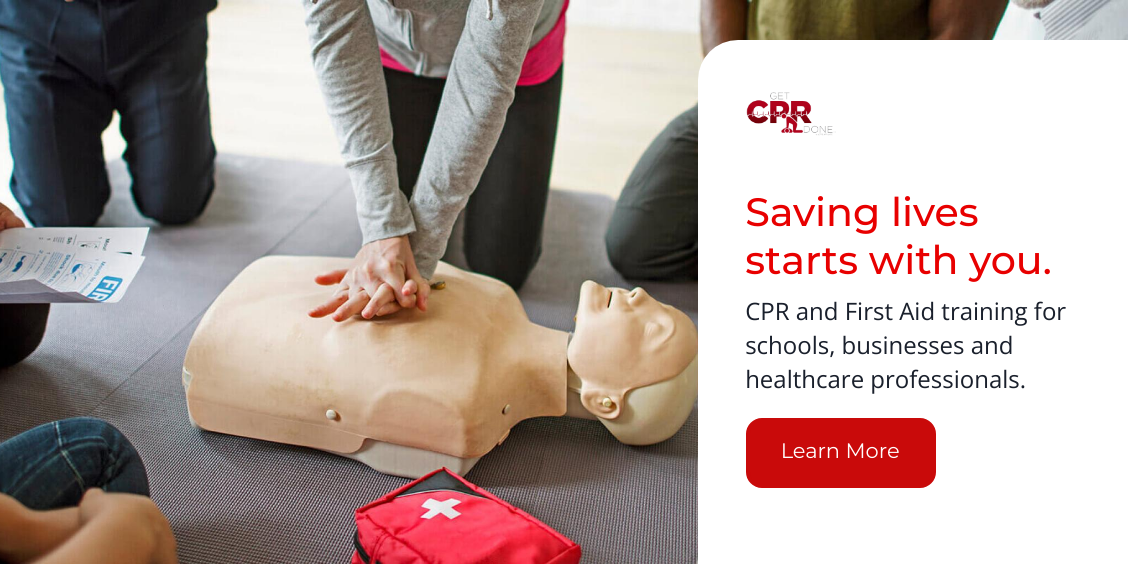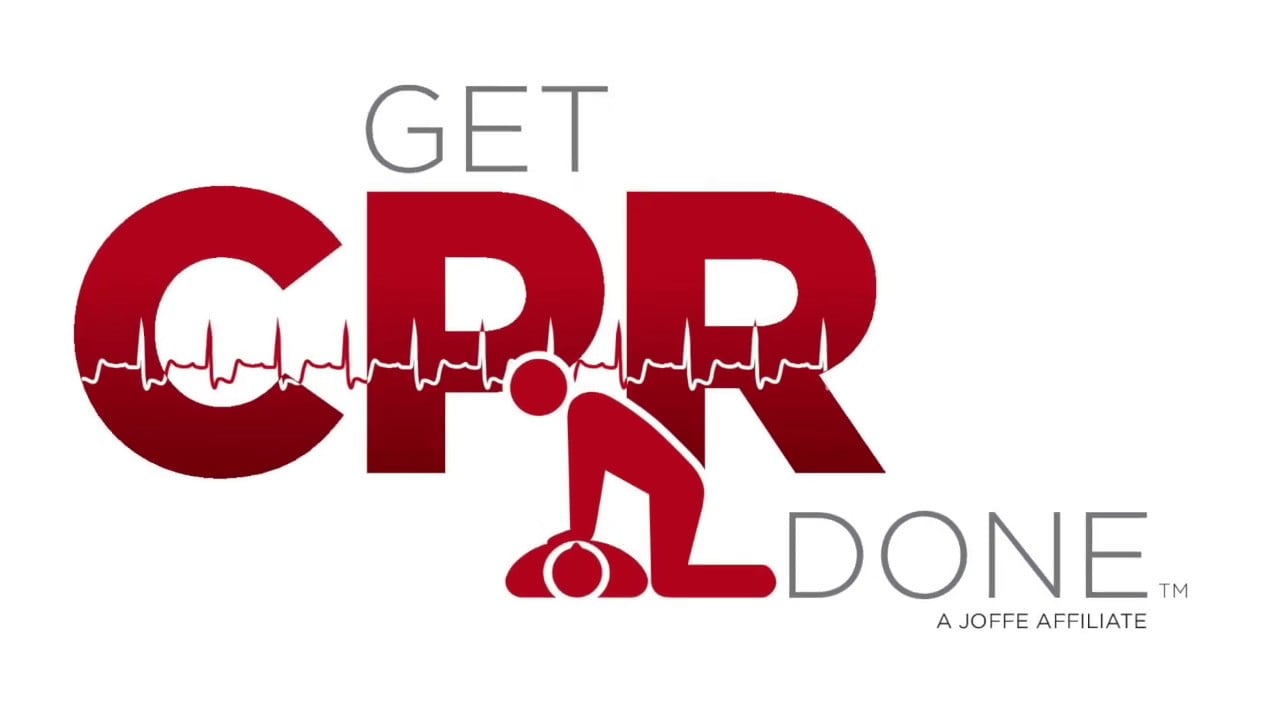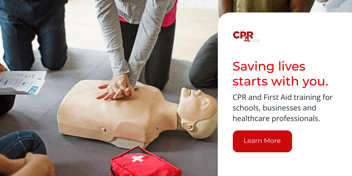
Anaphylaxis is a severe, potentially life-threatening allergic reaction that can occur within seconds or minutes of exposure to an allergen.
What is Anaphylaxis?
Anaphylaxis is an extreme allergic reaction that can be triggered by various allergens, including foods, insect stings, medications, and latex. The body's immune system overreacts to these substances, releasing chemicals that cause symptoms ranging from mild to severe.
Common Triggers
- Foods: Peanuts, tree nuts, fish, shellfish, milk, eggs, and certain fruits.
- Insect Stings: Bees, wasps, hornets, yellow jackets, and fire ants.
- Medications: Antibiotics, aspirin, and non-steroidal anti-inflammatory drugs (NSAIDs).
- Latex: Found in gloves, balloons, and medical equipment.
Symptoms of Anaphylaxis
Symptoms of anaphylaxis can vary but often include:
- Skin Reactions: Hives, itching, flushed or pale skin.
- Respiratory Problems: Swelling of the throat, difficulty breathing, wheezing.
- Gastrointestinal Issues: Nausea, vomiting, diarrhea, abdominal pain.
- Cardiovascular Symptoms: Weak or rapid pulse, low blood pressure, fainting, shock.
Immediate recognition of these symptoms is crucial for effective treatment and management.
The Role of EpiPens
EpiPens, or epinephrine auto-injectors, are life-saving devices used to treat anaphylaxis. They deliver a measured dose of epinephrine, a medication that quickly reverses the severe symptoms of an allergic reaction.
How EpiPens Work
Epinephrine works by:
- Constraining Blood Vessels: This increases blood pressure and reduces swelling.
- Relaxing Airways: It helps to open up the airways, making breathing easier.
- Reducing Symptoms: Epinephrine helps to alleviate itching, hives, and other allergic symptoms.
When to Use an EpiPen
EpiPens should be used at the first sign of anaphylaxis. Key indicators include:
- Exposure to a known allergen and the sudden onset of symptoms.
- Rapid progression of symptoms affecting multiple body systems.
- Severe respiratory distress, such as difficulty breathing or swelling of the throat.
Steps to Use an EpiPen
- Remove the Safety Cap: Take off the blue safety release cap.
- Place the EpiPen Against the Outer Thigh: It can be administered through clothing if necessary.
- Inject: Press the orange tip firmly into the outer thigh until you hear a click, holding it in place for 3 seconds.
- Call Emergency Services: Even if symptoms improve, seek immediate medical help as further treatment may be needed.
The Importance of Training
Proper training in recognizing and responding to anaphylaxis is essential. CPR and first aid courses often include modules on how to use EpiPens effectively. Here's why training is vital:
Confidence and Preparedness
- Immediate Response: Trained individuals can act swiftly, reducing the risk of severe complications or death.
- Proper Technique: Training ensures the EpiPen is used correctly, maximizing its effectiveness.
- Calm and Control: Knowledgeable responders can maintain composure, providing reassurance and stability in a crisis.
Legal and Ethical Considerations
- Duty of Care: In many settings, there is a legal obligation to provide aid to those in need.
- Good Samaritan Laws: These laws protect individuals who act in good faith to help during emergencies.
Advancements in Anaphylaxis Management
Recent advancements in allergy and immunology have led to improved methods for managing and preventing anaphylaxis. Innovations include:
New Auto-Injector Designs
- Smaller Devices: More compact and easier to carry.
- Voice-Guided Instructions: Some auto-injectors provide step-by-step audio instructions.
Allergy Immunotherapy
- Desensitization Programs: Gradual exposure to allergens to build tolerance.
- Biologic Medications: Targeted treatments that help reduce allergic responses.
Digital Health Tools
- Mobile Apps: Track symptoms, remind users to carry their EpiPen, and provide emergency contact information.
- Wearable Devices: Alert users to potential allergens and monitor vital signs during allergic reactions.
Understanding anaphylaxis and the proper use of EpiPens is essential for anyone involved in CPR and first aid training. Prompt and effective response can save lives, making education and training in this area critically important. By promoting awareness, advancing training methods, and supporting community outreach, we can ensure that more people are prepared to handle anaphylactic emergencies confidently and effectively.
Take Action Now: Enroll in our CPR and first aid training courses to learn more about managing anaphylaxis and using EpiPens. Equip yourself with the knowledge and skills needed to save lives. Stay informed, stay prepared, and you can make a difference when it matters most.
Ready to make a difference? Schedule a call with a training advisor and take the first step towards being prepared.
Sources: American Heart Association. (2024). Sudden Cardiac Arrest in Young Athletes.; Mayo Clinic. (2024). Sudden Cardiac Arrest.; American Academy of Pediatrics. (2024). Commotio Cordis: An Uncommon but Real Concern for Youth Sports.




